Spiders In North Texas
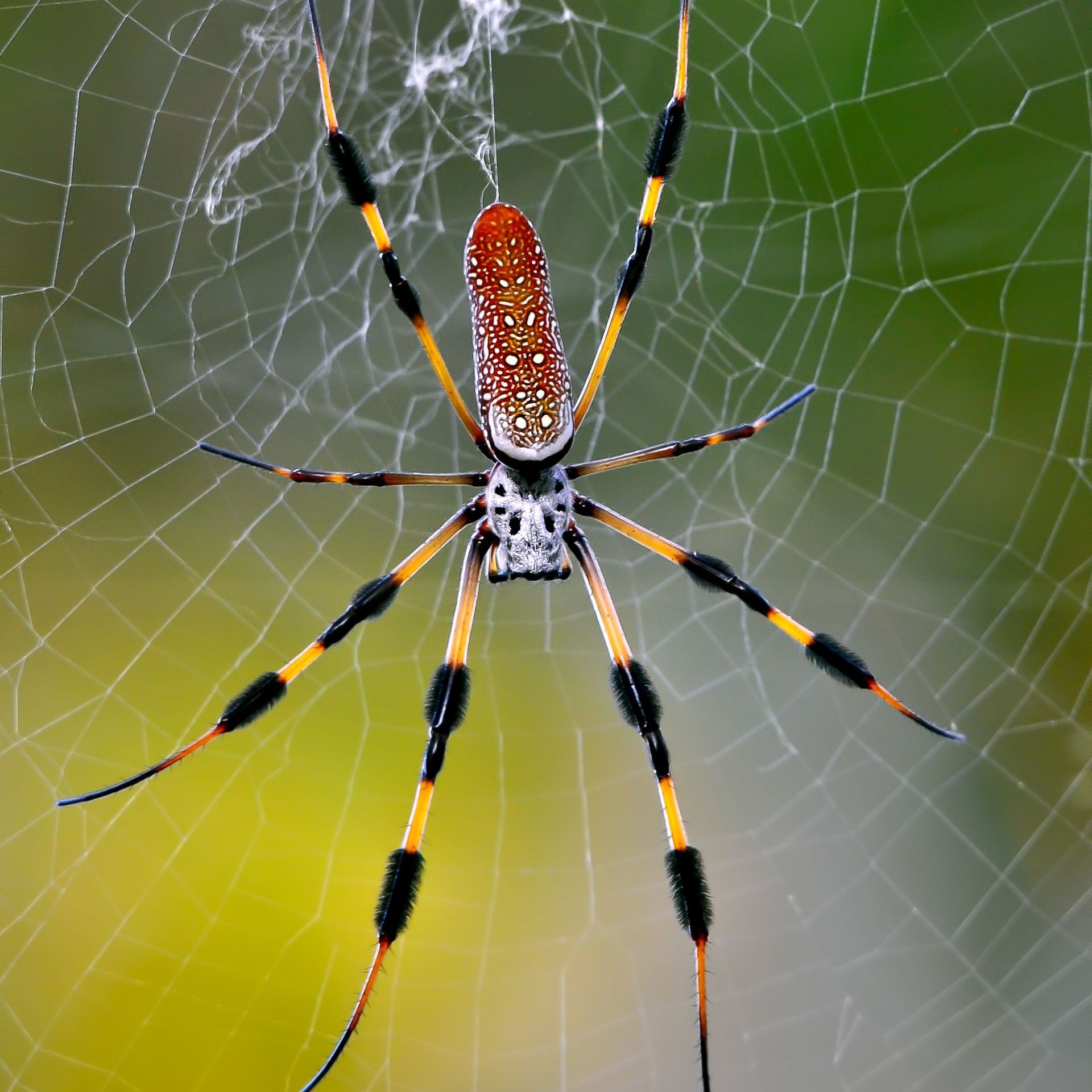
Banana Spider
- Characteristics:
- Golden silk orb-weaver spiders are known for their impressive webs, which are large and often have a golden color.
- Females are significantly larger than males, and their bodies can reach sizes of up to 2 inches or more.
- Web Structure:
- The orb webs of Nephila spiders are intricate and feature a distinctive golden silk that helps to capture flying insects.
- Habitat:
- These spiders are found in warm and tropical regions around the world, including parts of Asia, Africa, Australia, and the Americas.
- Venom:
- While golden silk orb-weavers possess venom, it is generally not harmful to humans, and these spiders are not considered medically significant.
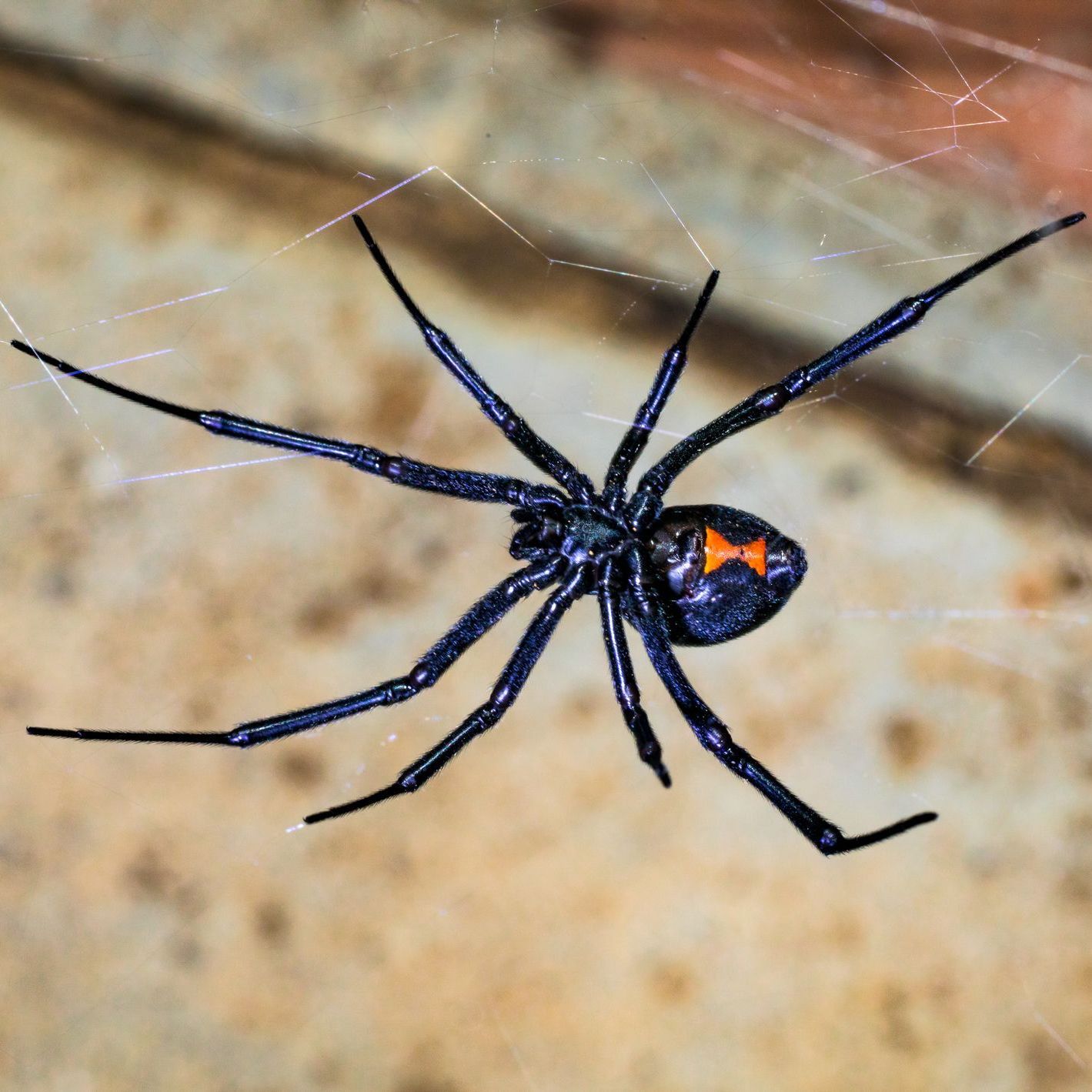
Black Widow Spider
- Identification:
- Female black widow spiders are typically shiny black in color and have a distinctive red or orange hourglass-shaped mark on the underside of their abdomen.
- Males and immature females may have a variety of markings, including red, yellow, or white spots or bands.
- Venom:
- Black widow spiders produce venom containing neurotoxins.
- While the venom is potent, it is generally not lethal to humans. However, bites can cause severe pain, muscle cramps, fever, and other symptoms.
- Bites are rarely fatal, and medical attention should be sought if bitten, especially in the case of severe symptoms.
- Habitat:
- Black widow spiders are found in various habitats, including outdoor locations such as woodpiles, debris, and gardens, as well as indoor spaces like basements, crawl spaces, and garages.
- They construct irregular, tangled webs in which they wait for prey to become ensnared.
- Web Structure:
- Black widow webs are sticky and irregular in shape, often with a funnel-like retreat where the spider hides.
- Webs are usually located close to the ground.
- Diet:
- Black widow spiders are carnivorous and feed on a variety of insects and other small arthropods that become trapped in their webs.
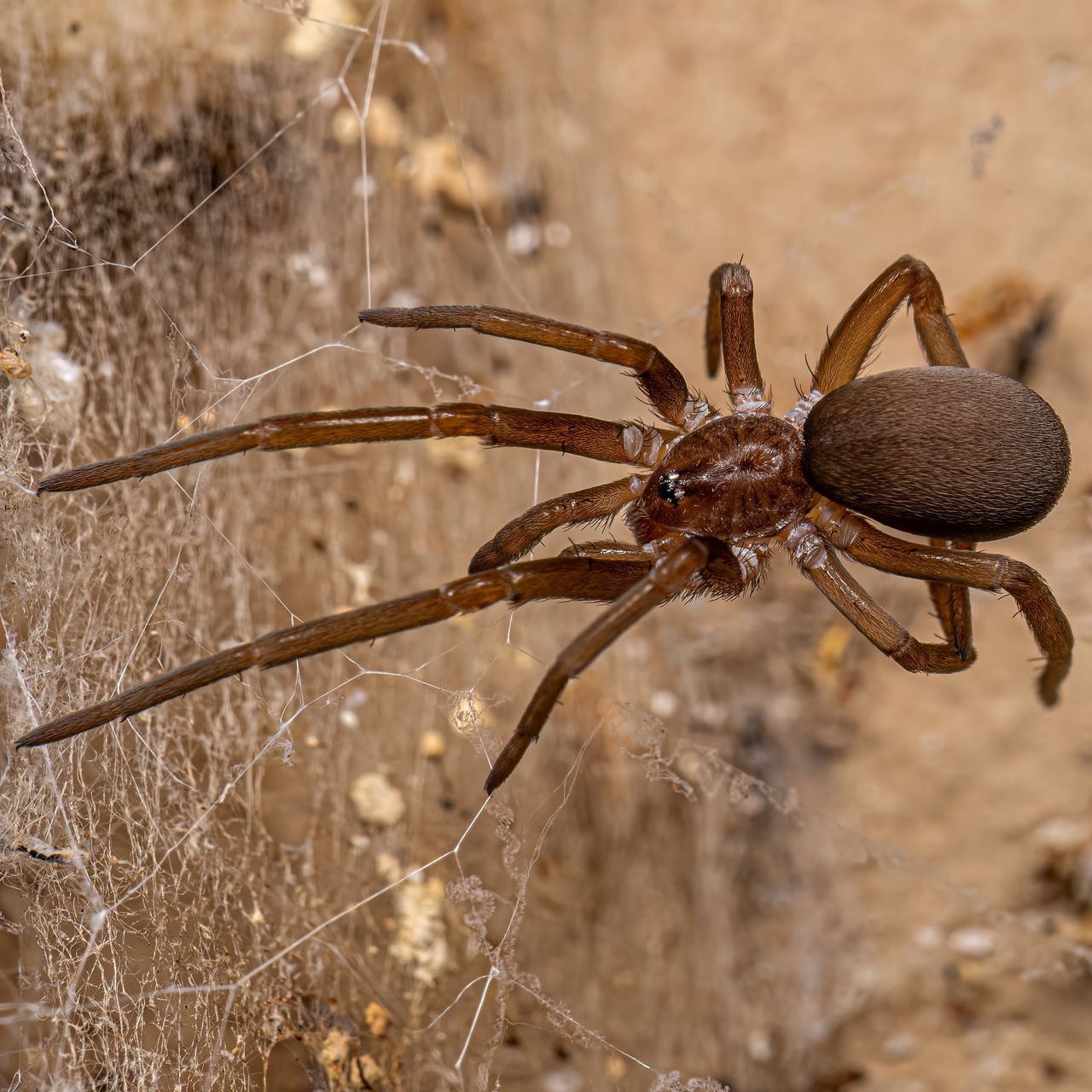
Common House Spider
- Appearance:
- The American house spider is typically small, with females ranging from 5 to 9 mm in body length.
- They are brown or grayish with a pattern of lighter markings on their abdomen.
- Males are smaller and lighter in color.
- Habitat:
- Common house spiders are found in and around human structures, including homes, sheds, garages, and other buildings.
- They are often associated with creating irregular, messy webs in corners, windowsills, and other secluded areas.
- Diet:
- Common house spiders are opportunistic feeders and consume a variety of small insects that get caught in their webs.
- They may also feed on other spiders or small arthropods.
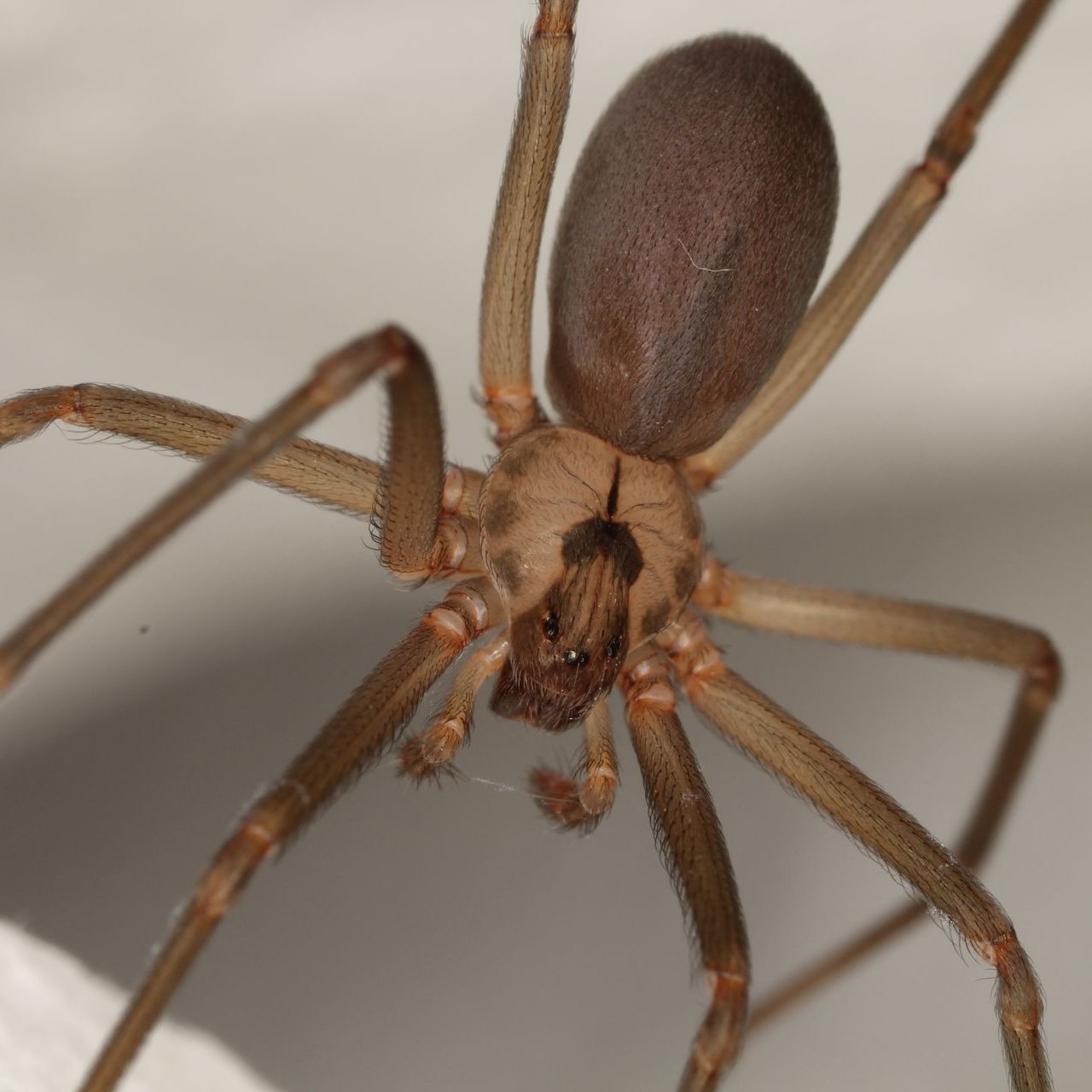
Brown Recluse
- Appearance:
- The brown recluse spider is relatively small, with a body length ranging from about 6 to 20 mm (0.24 to 0.79 inches).
- It has a distinctive violin-shaped marking on its cephalothorax, which is the body part where the legs attach.
- The coloration varies but is typically brown, ranging from tan to dark brown.
- Habitat:
- Brown recluse spiders are often found in dark, undisturbed areas such as closets, attics, basements, and crawl spaces.
- They prefer sheltered locations and are reclusive in nature, hence the name.
- Web Structure:
- Brown recluse spiders do not construct the typical orb-shaped webs seen in many other spiders. Instead, they build irregular webs in hidden locations, often close to the ground.
- Venom:
- Brown recluse spiders produce venom containing enzymes that can cause necrosis (tissue death) at the bite site.
- Bites may be initially painless but can develop into a red, swollen lesion with a characteristic "bull's-eye" appearance.
- Severe reactions are rare, but medical attention should be sought if bitten, especially if symptoms worsen or if the bite occurs in sensitive areas like the face or genitals.
- Diet:
- Brown recluse spiders are carnivorous and feed on small insects and other arthropods.
- Identification:
- Positive identification of a brown recluse spider often requires careful examination of its physical features, including the characteristic violin-shaped marking.
- Misidentifications are common, and other harmless spiders are sometimes mistaken for brown recluses.
Despite their reputation, bites from brown recluse spiders are relatively rare, and severe reactions are even less common. However, if you suspect a brown recluse spider bite, seek medical attention promptly for proper evaluation and treatment.
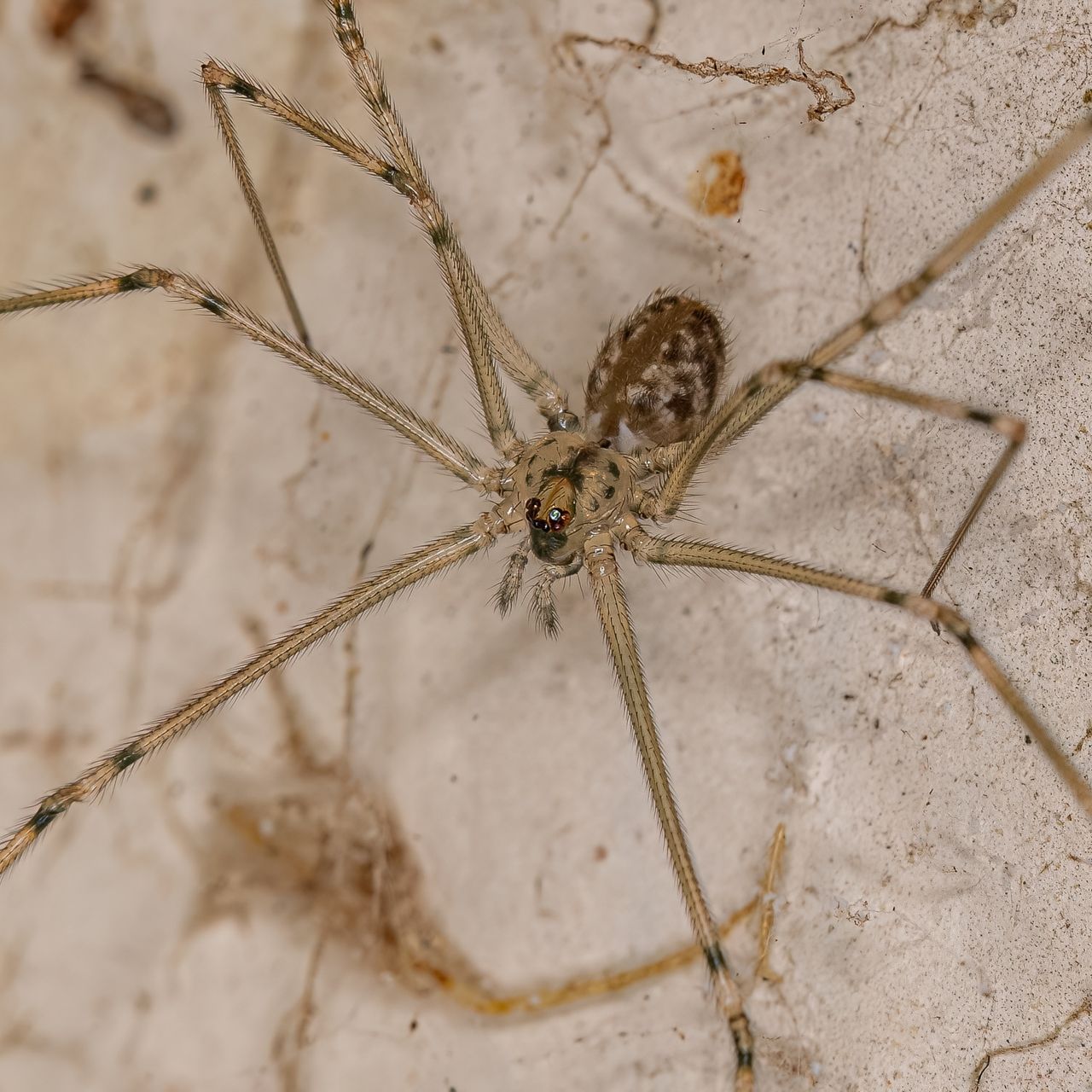
Cellar Spider
- Appearance:
- Cellar spiders have small bodies, usually less than 1/4 inch (6 mm) in length.
- Their most distinctive feature is their long, thin legs that can extend several times the length of their bodies.
- The body color can range from pale yellow to light brown.
- Habitat:
- Cellar spiders are often found in dark and damp environments, such as basements, cellars, crawl spaces, and other secluded areas.
- They are also known to inhabit corners of rooms, sheds, and other structures.
- Venom:
- Cellar spiders are venomous, but their venom is not harmful to humans.
- They are not considered a threat, and their bites are rare. If bitten, the reaction is usually mild, causing minimal discomfort.
- Identification:
- Cellar spiders are often mistaken for harvestmen (also called daddy longlegs), which are not true spiders but belong to a different arachnid order.
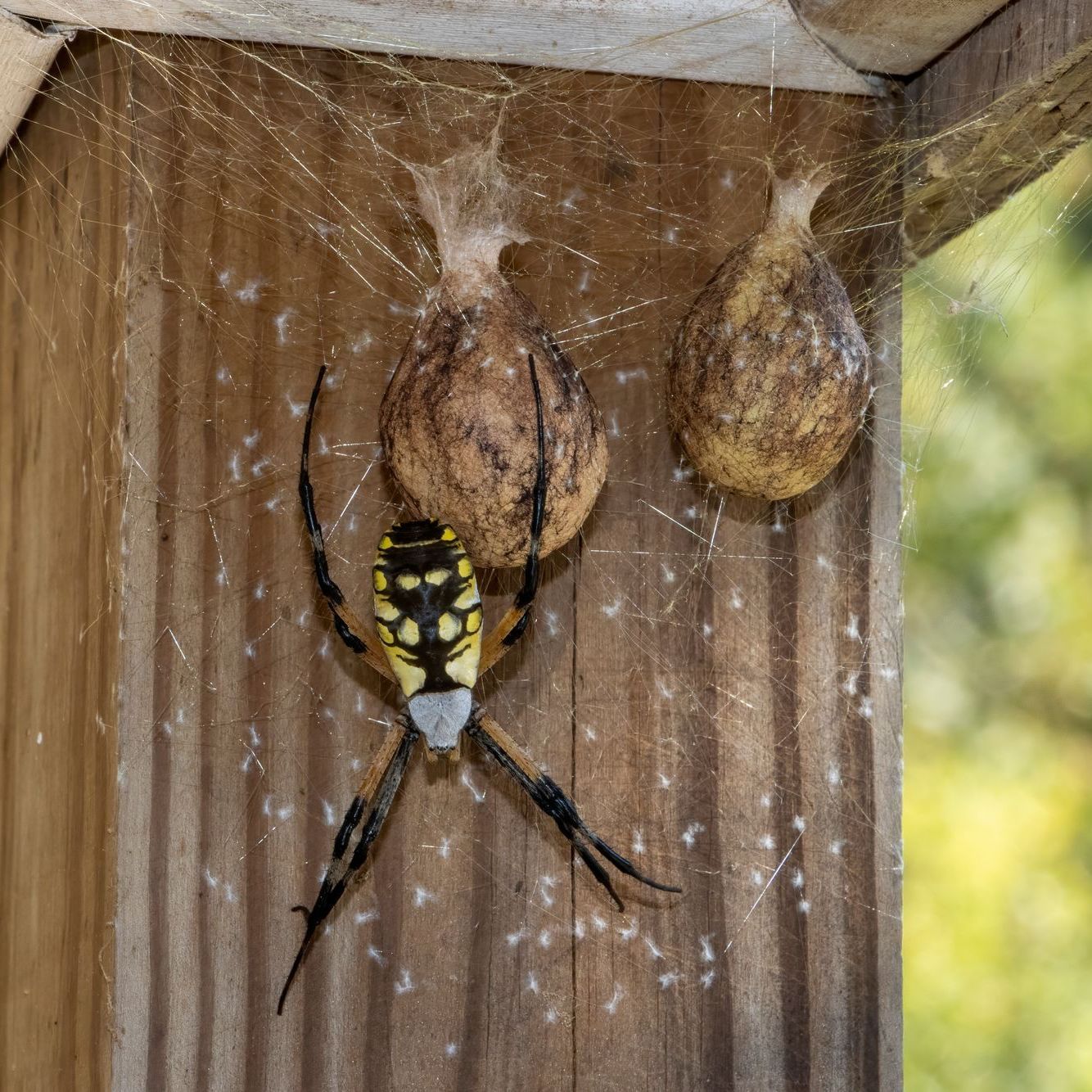
Yellow Garden Spider
- Appearance:
- Females are much larger than males, with a body length ranging from 0.5 to 1 inch (12 to 25 mm). Males are smaller and more slender.
- The abdomen of the female has a striking yellow and black pattern resembling a face or a set of eyes.
- The legs are banded with yellow and black or orange and black.
- Habitat:
- Yellow garden spiders are commonly found in gardens, meadows, fields, and sunny areas with abundant vegetation.
- They prefer locations where they can build large orb-shaped webs to catch flying insects.
- Webs:
- These spiders are known for constructing large, circular webs with a distinctive zigzag pattern called a stabilimentum, which may resemble a series of white or yellow lines.
- The purpose of the stabilimentum is not fully understood, but it may help attract prey or signal to birds to avoid flying into the web.
- Diet:
- Yellow garden spiders are carnivorous and primarily feed on flying insects, including bees, butterflies, and moths.
- They are active hunters, sitting in the center of their webs and waiting for prey to become ensnared.
- Venom:
- Yellow garden spiders are venomous but not harmful to humans. Their venom is designed to immobilize and digest their insect prey.
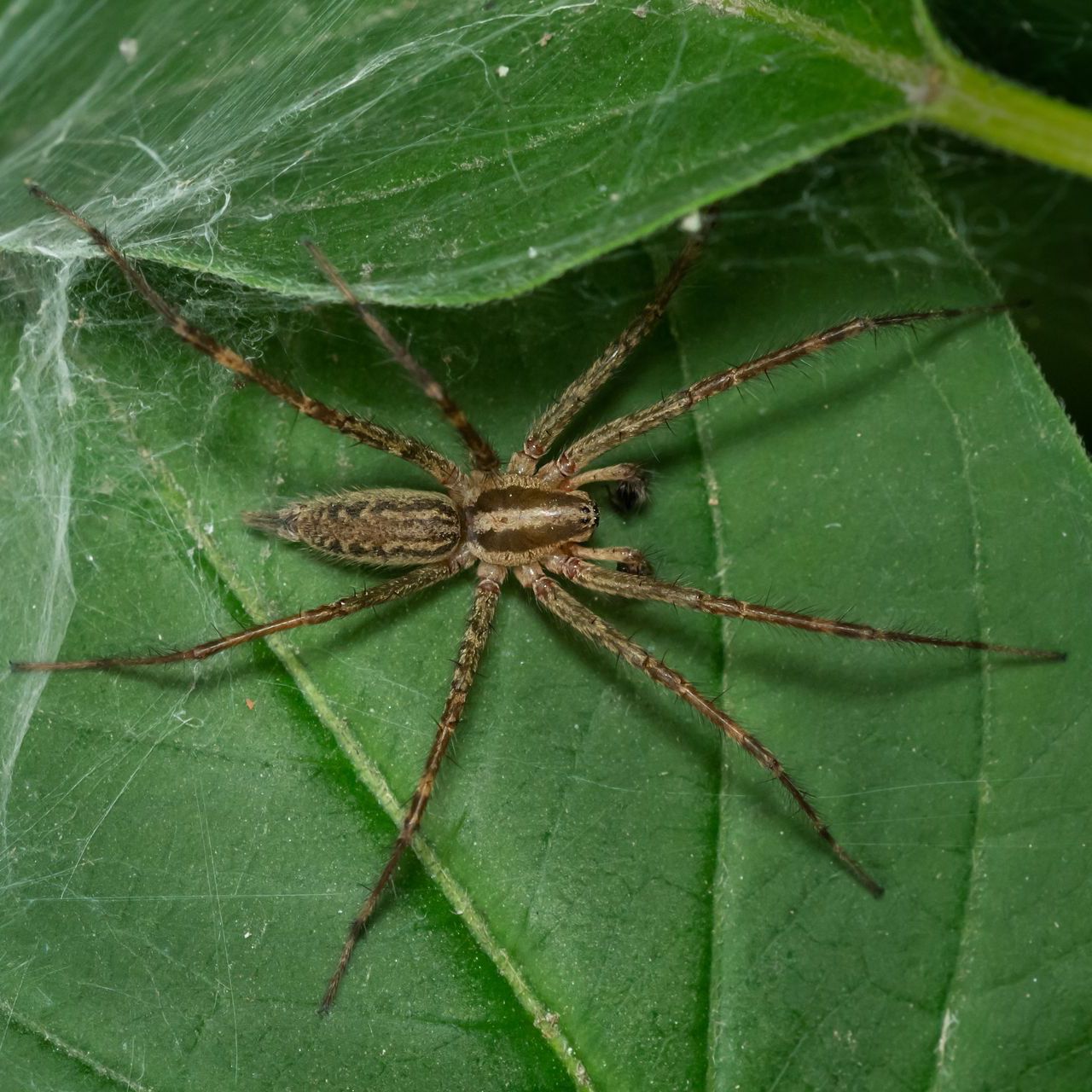
Grass Spider
- Appearance:
- Agelenopsis spiders are medium-sized spiders with an elongated cephalothorax and abdomen.
- They typically have long, slender legs and are generally brown, tan, or gray in color.
- The carapace (upper surface of the cephalothorax) often has a pattern of lines or stripes.
- Habitat:
- These spiders are ground-dwelling and are commonly found in grassy areas, meadows, gardens, and other outdoor environments.
- They construct funnel-shaped webs, which serve as both a retreat and a trap for capturing prey.
- Webs:
- Agelenopsis spiders build distinctive funnel webs, which consist of a flat, sheet-like structure with a tubular retreat or funnel at one end.
- The spider waits in the retreat for vibrations on the web, signaling the presence of potential prey. When prey is detected, the spider quickly emerges to capture it.
- Diet:
- Agelenopsis spiders are active hunters and feed on a variety of small insects, including flies, mosquitoes, and grasshoppers, that become ensnared in their webs.
- Venom:
- Agelenopsis spiders are venomous, but their venom is not considered harmful to humans. Bites are rare, and any reactions are usually mild and localized.
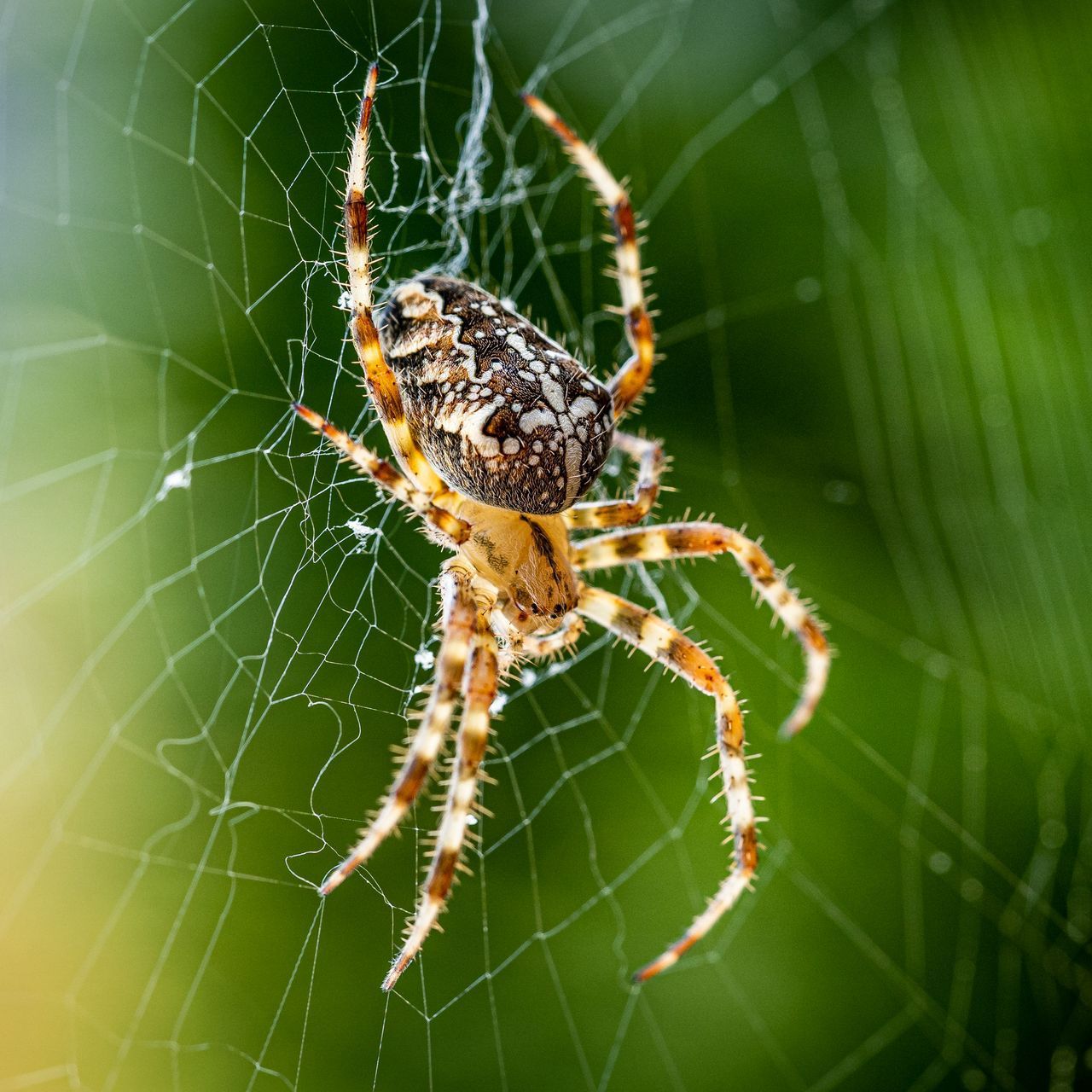
Orb-Weaver
- Appearance:
- Orb weaver spiders come in various shapes and sizes, but they typically have a rounded abdomen and eight long legs.
- Some species have distinctive markings on their abdomens, including patterns resembling crosses, dots, or zigzags.
- Females are often larger than males.
- Habitat:
- Orb weaver spiders are found in a variety of habitats, including gardens, forests, meadows, and shrublands.
- They construct large, circular webs that are suspended between vegetation or other surfaces.
- Webs:
- The orb-shaped webs of these spiders are well-known and serve as effective traps for flying insects.
- The webs are often positioned in open spaces where they can intercept prey, and some species rebuild their webs daily.
- Diet:
- Orb weaver spiders are primarily insectivores, capturing a wide range of flying insects, including moths, flies, and beetles, in their webs.
- Venom:
- Orb weaver spiders are venomous, but their venom is typically not harmful to humans.
- Bites are rare, and any reactions are usually mild and localized.
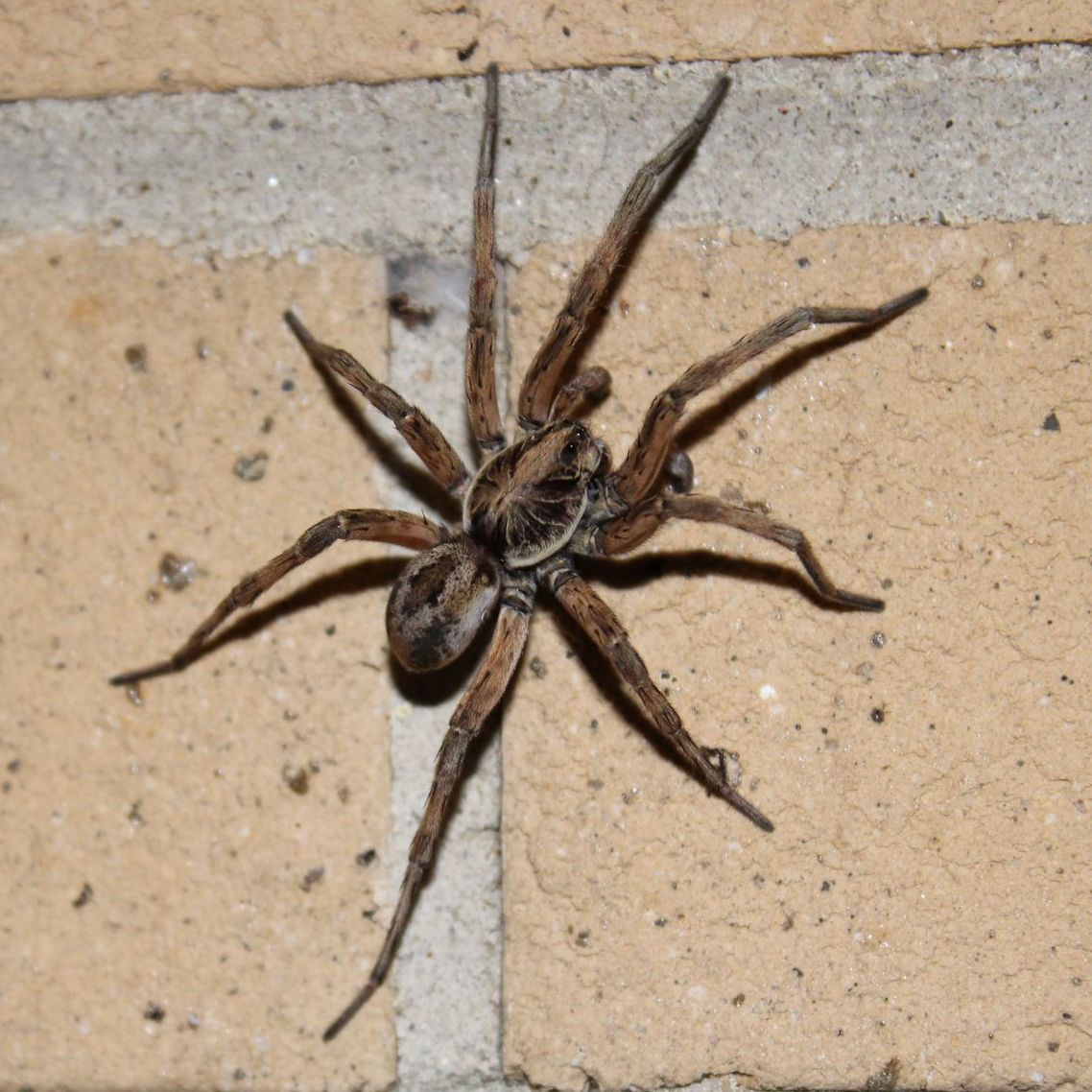
Wolf Spider
- Appearance:
- Wolf spiders are robust and hairy spiders with a body length ranging from 0.4 to 1.6 inches (1 to 4 cm).
- They have eight eyes arranged in three rows, with the middle row forming a distinctive pattern.
- The coloration varies, but they are often brown, gray, or black, providing camouflage in their natural habitats.
- Habitat:
- Wolf spiders are found worldwide and inhabit a variety of environments, including grasslands, forests, deserts, and urban areas.
- They are commonly encountered on the ground, where they actively hunt for prey.
- Hunting Behavior:
- Unlike web-building spiders, wolf spiders are hunters. They actively stalk and pounce on their prey.
- They have keen eyesight, which aids in locating and capturing prey.
- Venom:
- Wolf spiders are venomous, but their venom is not considered harmful to humans.
- Bites may cause localized pain, redness, and swelling, but severe reactions are rare.